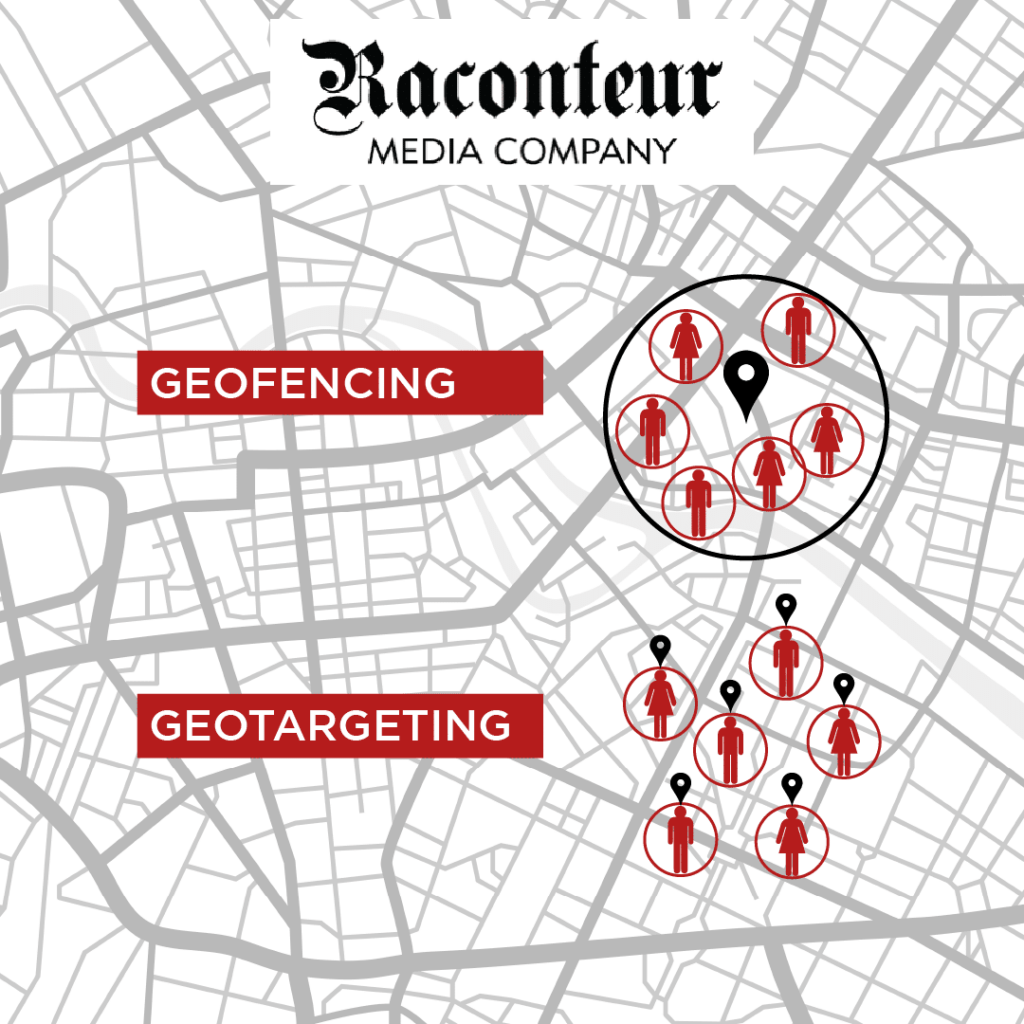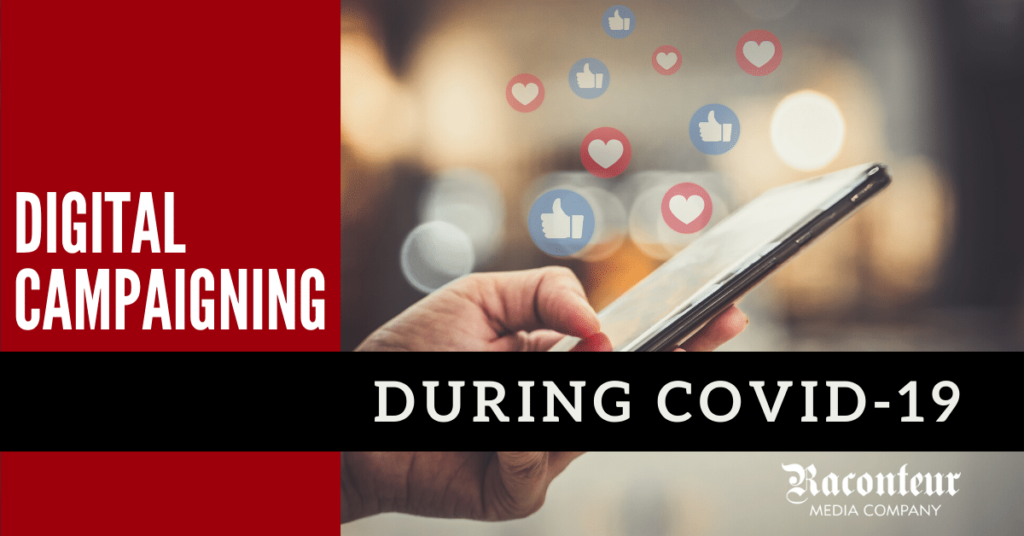Geofencing Geofencing is an advertising tactic that draws a virtual fence around a location. Geofencing ads can be seen by all individuals within this barrier. This is useful for targeting people who are at an event, who are in a building or who come and go from a location. We can also use this to […]
Posted in
Posted in
Geofencing and Geotargeting for Digital Advertising
By Waleed

